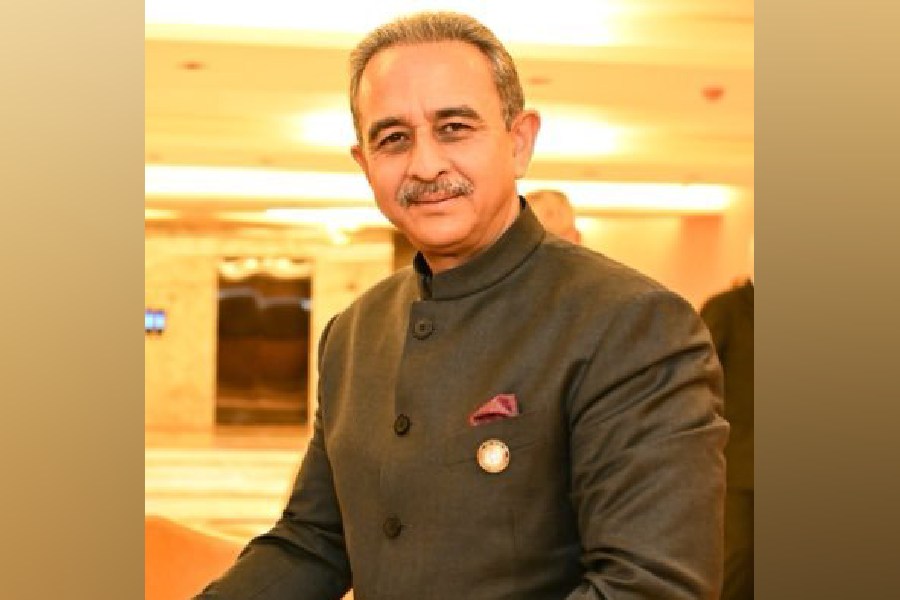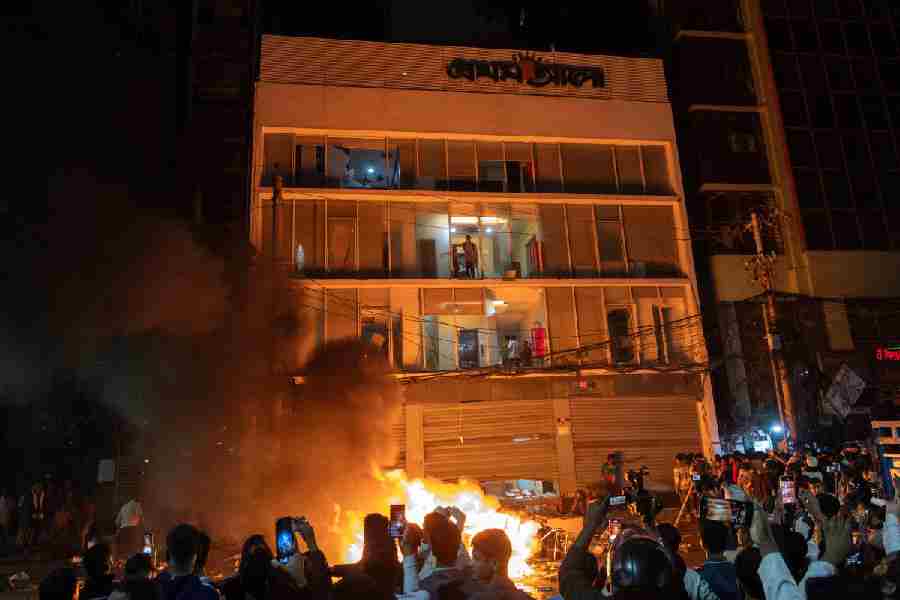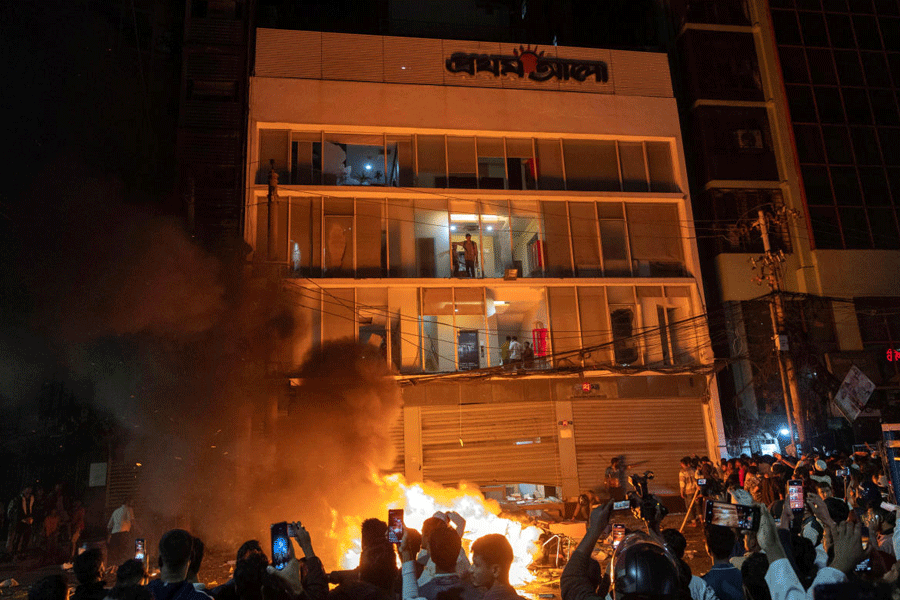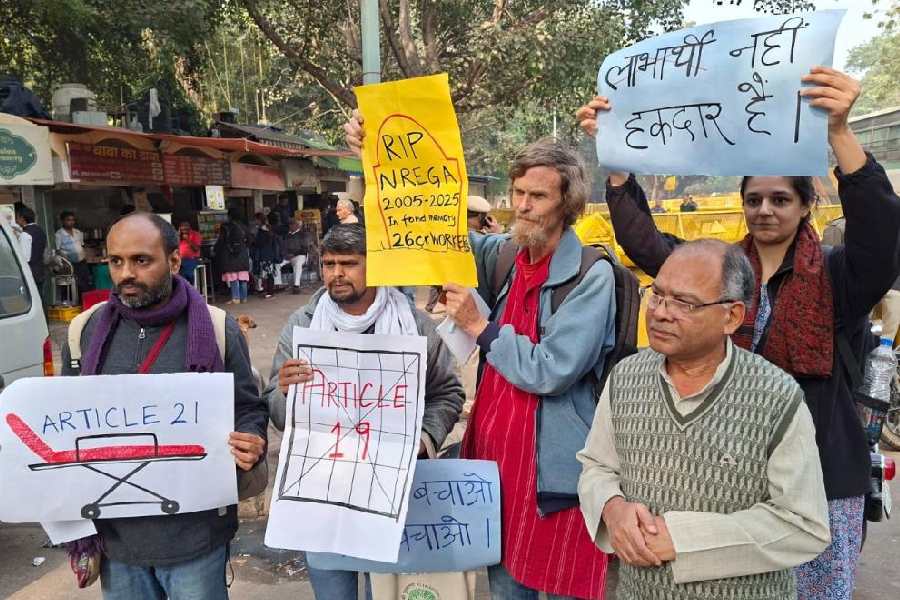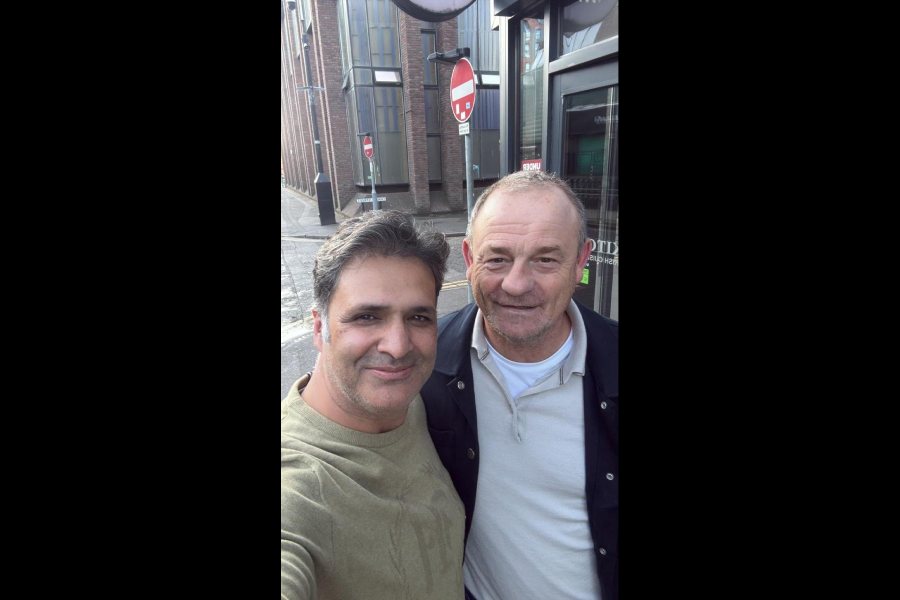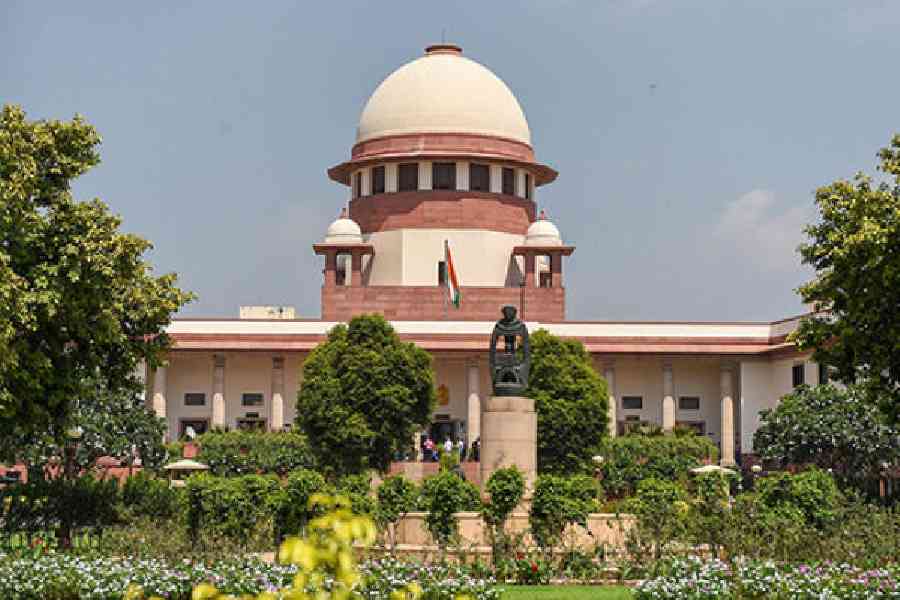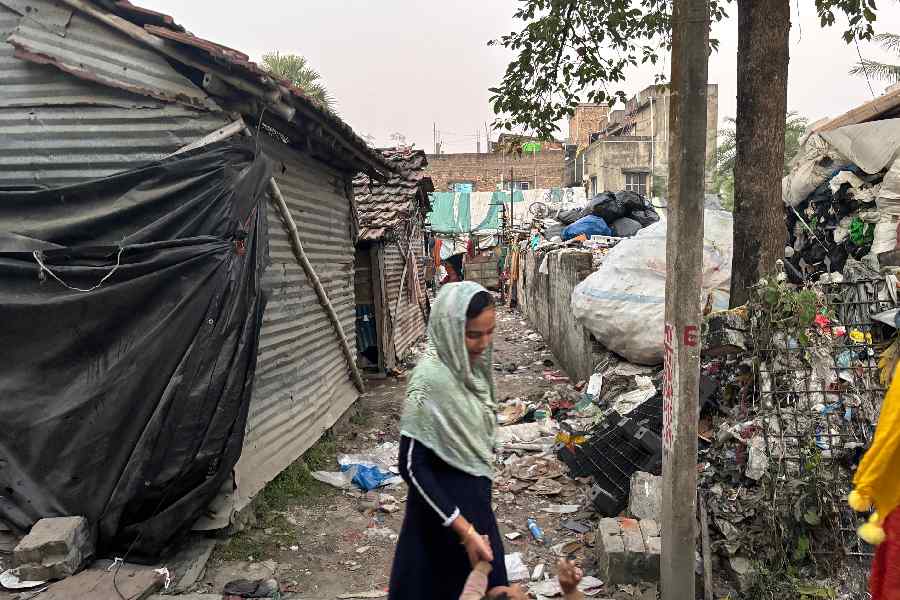 |
| A group of boys cools off under solar-powered water pumps at Dharnai village in Jehanabad. The pumps are being used on a trial basis before the formal electrification on July 20. Telegraph picture |
Patna, July 12: Dharnai village in Jehanabad district is set to get electrified again — after 40 years.
The villagers, though, do not have to thank the Centre or the state government for the initiative to light up lives in this village, around 80km south of Patna.
Greenpeace has set up a solar-powered micro grid electricity model to illuminate the village. The formal electrification would take place on July 20. “It would be first-of-its-kind rural electrification model. A 100KW solar-powered micro grid would illuminate the village that has a population of around 2,500,” said Ramapati Kumar, the national head of renewable energy campaign, Greenpeace India. The village falls in Makdumpur block of the district.
Stating that the grid had been constructed at a cost of Rs 2.7 crore in four months’ time, Ramapati said the village has around 450 households, 50-60 shops, a school, a bank and a kisan (farmer) centre. “The village would be fed by a micro grid which will involve about 100KW of solar panels, the life span of which are around 20-25 years. Of 100KW, 70KW would be utilised for lighting, while the remaining would be used for irrigating farmlands,” he added.
A household or a shop owner can choose among three types of schemes. Under the Rs 75 monthly rental scheme, a person can illuminate his/her household with a 7W LED (light emitting diode) and can charge a cellphone daily. By using the Rs 140 monthly scheme, three 7W LEDs can be used and one mobile handset can be charged everyday. A villager can use a 40W LED under the Rs 150 scheme in a month, Ramapati said.
This smart micro grid model — a decentralised renewable energy — is being installed to showcase that the real solution to energy crisis lies in such models, Ramapati said adding: “It will be a game-changer for rural electrification in India. Once this model is successful in Dharnai, the same could be replicated in India, especially Bihar where 18,000 to 19,000 villages still do not have energy access.”
Ramapati said: “The best part of the project is that people would get 24x7 supply for 10 months a year. The NGO is contemplating installing biomass gas plant to supply power to villagers for two months — when there is no generation from solar panels owing to cloudy skies, rain or bad weather.”
At Dharnai village, the grid has created direct employment for three people. They would manage supervise, and collect the revenue and maintain the grid, Ramapati said, adding that the micro grid power project would reach its break-even point in five to six years’ time.
The residents, naturally, welcomed Greenpeace’s initiative.
“Villagers are very happy that they are getting power supply after a gap of 40 years. We don’t know how much they (Greenpeace) would charge for irrigating farmland but we are ready to pay even at a rate of Rs 5-6 per unit as it would be cheaper than diesel,” said Ajay Singh Yadav, the mukhiya (village head) of Dharnai panchayat.


